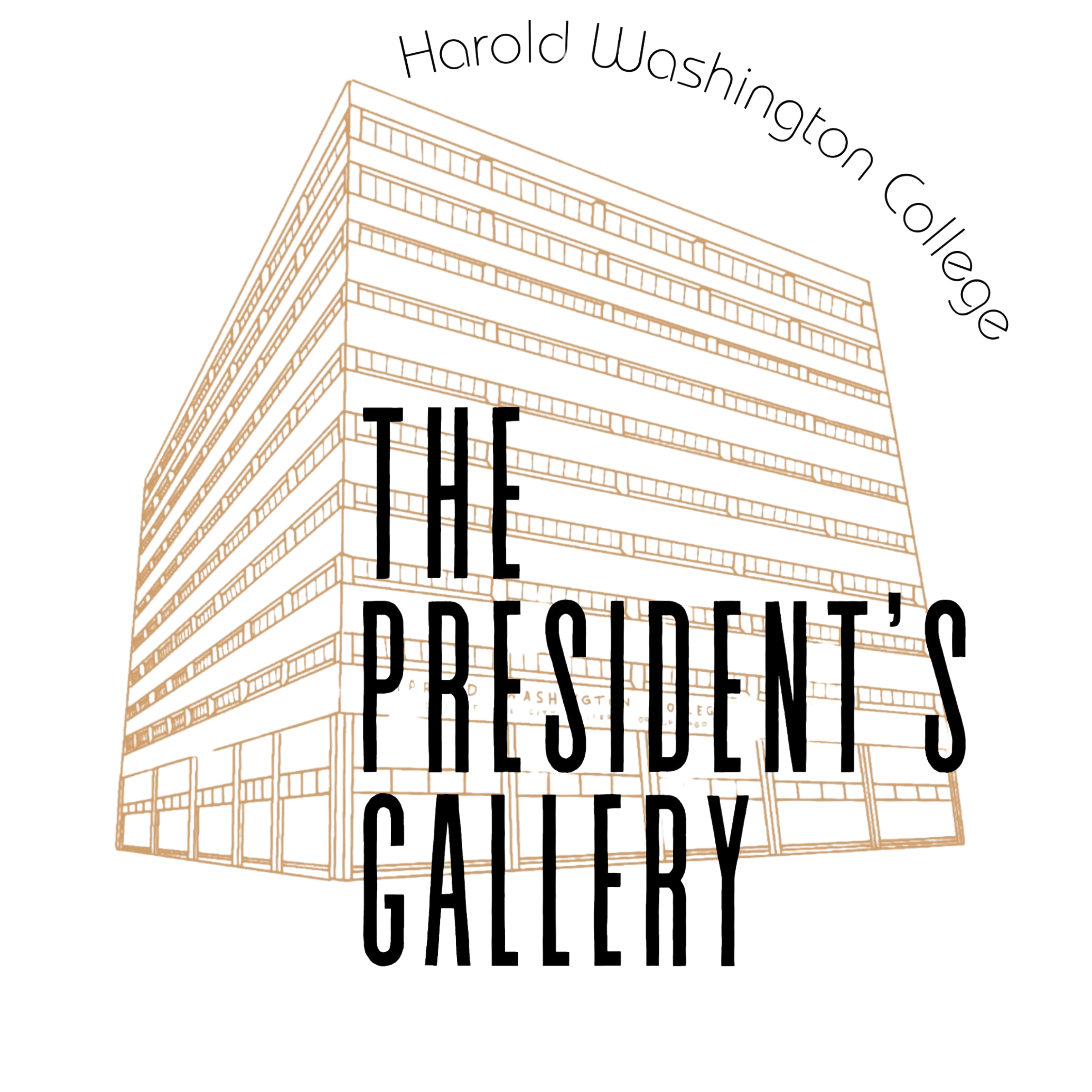Juan David Ruiz Borbón, Mono Jojoy II: Permanencia de un recuerdo (De la serie Culpa metafisica), Oil and Sand on Paper, 2024
This painting is an effort to visually express the emergence and permanence of a memory. In this case, it is one of the most important Colombia's FARC guerrilla leaders, alias Mono Jojoy. The painting references a photo published in the Semana weekly magazine back in 2010, depicting the dead body of Mono Jojoy after a military operations known as Sodoma. At the time, I was seven years old, and I looked at this photo a couple days after it was published: it was my very first glimpse of conscience about the country in which I lived: a violent one. In that sense, the memory of looking at that photo and its permanence as the moment of becoming conscious about my existential relation to violence in my country is meant to be materialized in this painting with a background devoid of all context. The only recognizable feature is that of the face and all the anatomical reactions resulting of the bombings that killed Jojoy: inflammations, bruises, cuts are also the manifestation of that permanent and constant reminder of Colombia's violence. This image was the trigger for a whole series of drawings and paintings known as Culpa metafisica, in which I oppose my own, personal, intuitive response to memory about violence to what is known as collective memory, an effort to answer through rationale and logic to what has happened in the country.
Juan David Ruiz Borbón, Paisaje metafisico colombiano (De la serie Culpa metafisica), Charcoal on Paper, 2024
This drawing belongs to a larger series called Culpa metafisica, where through drawings and paintings based on photos of violence in Colombia that I recall looking at during my childhood and teenage years I give a visual form to my metaphysical guilt. Victims of shootings, bombings, torture, and various forms of mutilation were often the cover page of newspapers and magazines. This series plays with the concept of "collective memory" which in Colombian art has tried to be a logical effort to make sense of violence and its consequences. I choose, nonetheless, to only explore my own, singular, personal memory, which is based on these almost disfigured images of violence. These images not only appear this way due to a weak memorisation on my behalf, but also, because in contrast to previous generations of Colombians who were oftentimes exposed to these horrific pictures, I grew up in a time when newspapers, magazines, and newscasts avoided showcasing these types of images. Yet that never meant violence had stopped. How is collective memory in relation to violence’s images built then? I can only know how my personal memory was built. Although the series is meant to evoke my metaphysical guilt sentiment, it does not seek to understand or make sense of violence in Colombia: on the contrary, it strives to capture violence’s sentiment and the rationale of my memory.
Paisaje metafisico colombiano is an effort to put together these effusive memories in a single composition: to create a landscape of them. The composition does not intend to configure a concrete image of particular victims, although it is loosely based on a photograph of a Colombian mass grave, and rather strives to correspond the sensation I had as a child of assembling together all these images into the conscience of growing up in one of the most violent countries in the world.
Paisaje metafisico colombiano is an effort to put together these effusive memories in a single composition: to create a landscape of them. The composition does not intend to configure a concrete image of particular victims, although it is loosely based on a photograph of a Colombian mass grave, and rather strives to correspond the sensation I had as a child of assembling together all these images into the conscience of growing up in one of the most violent countries in the world.
